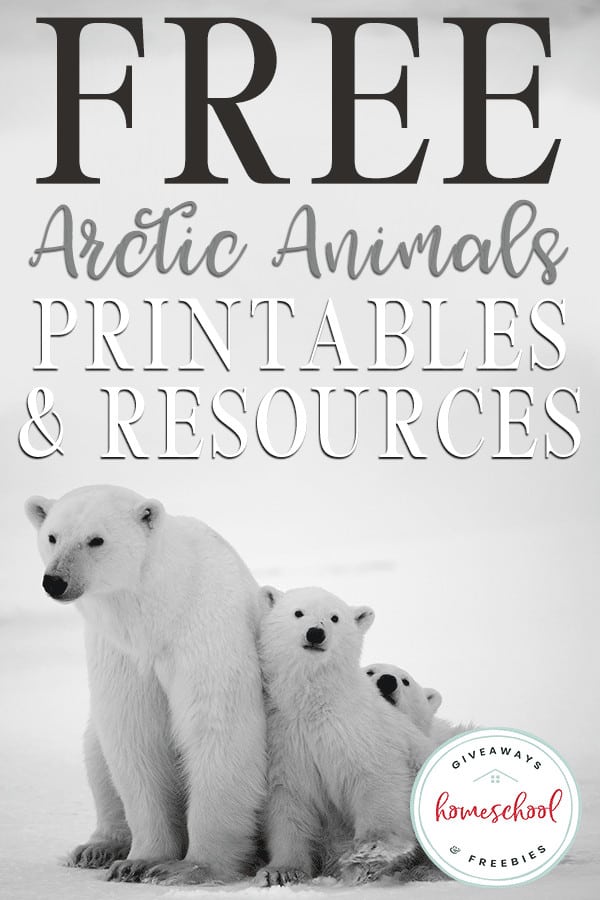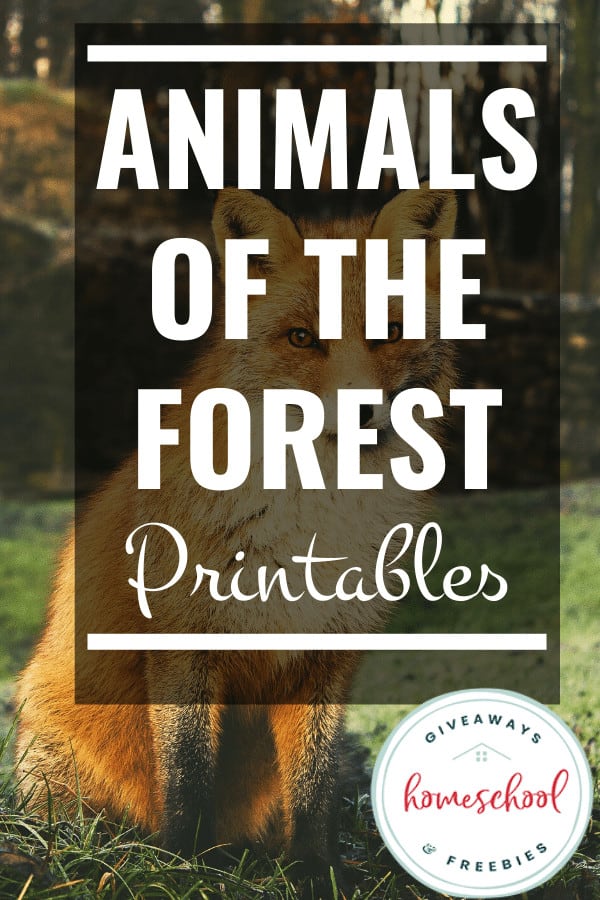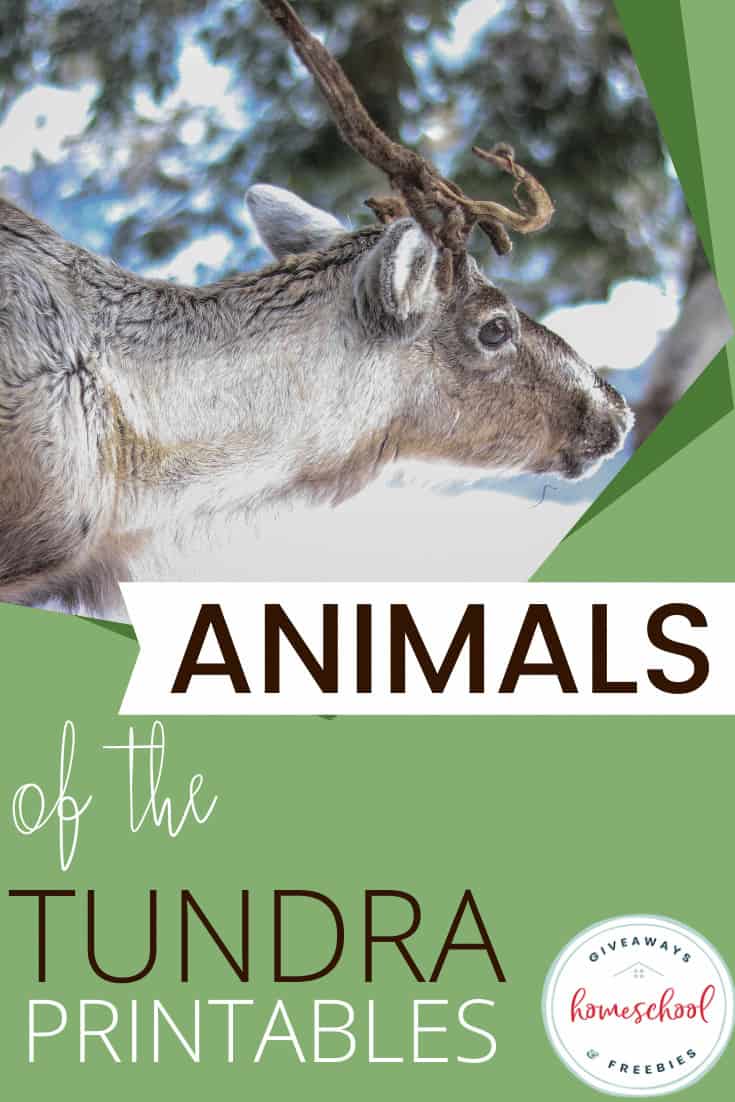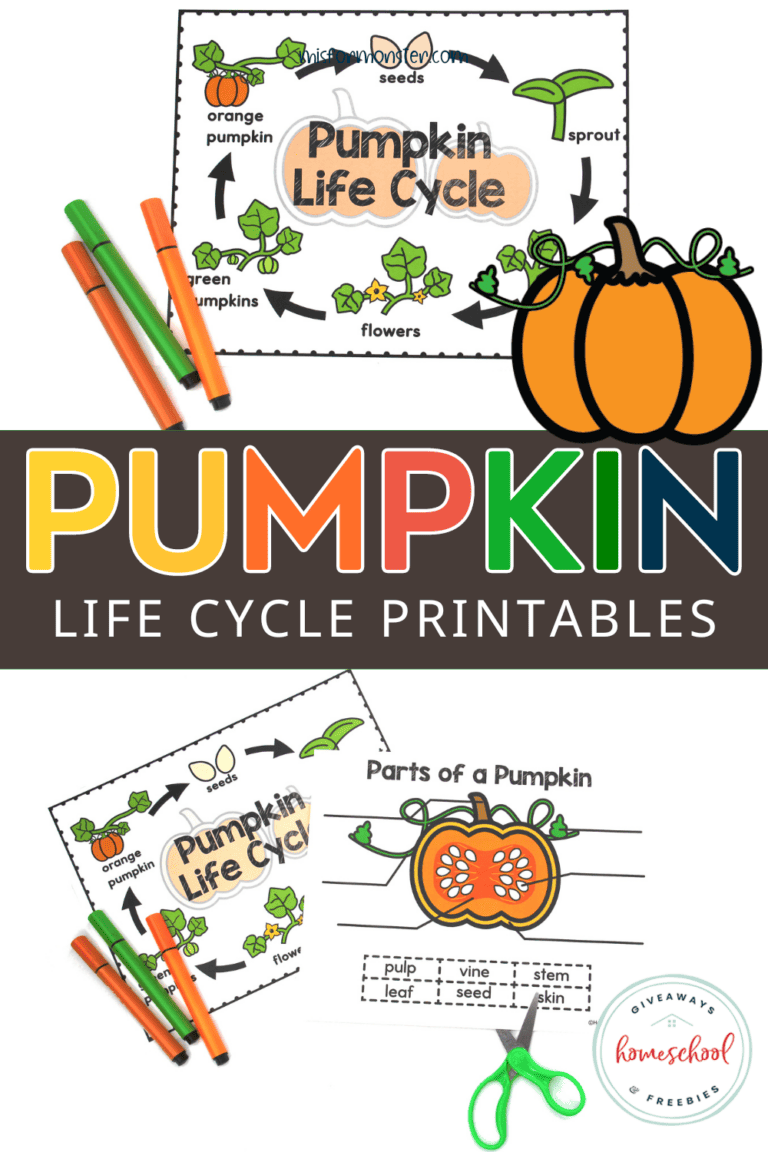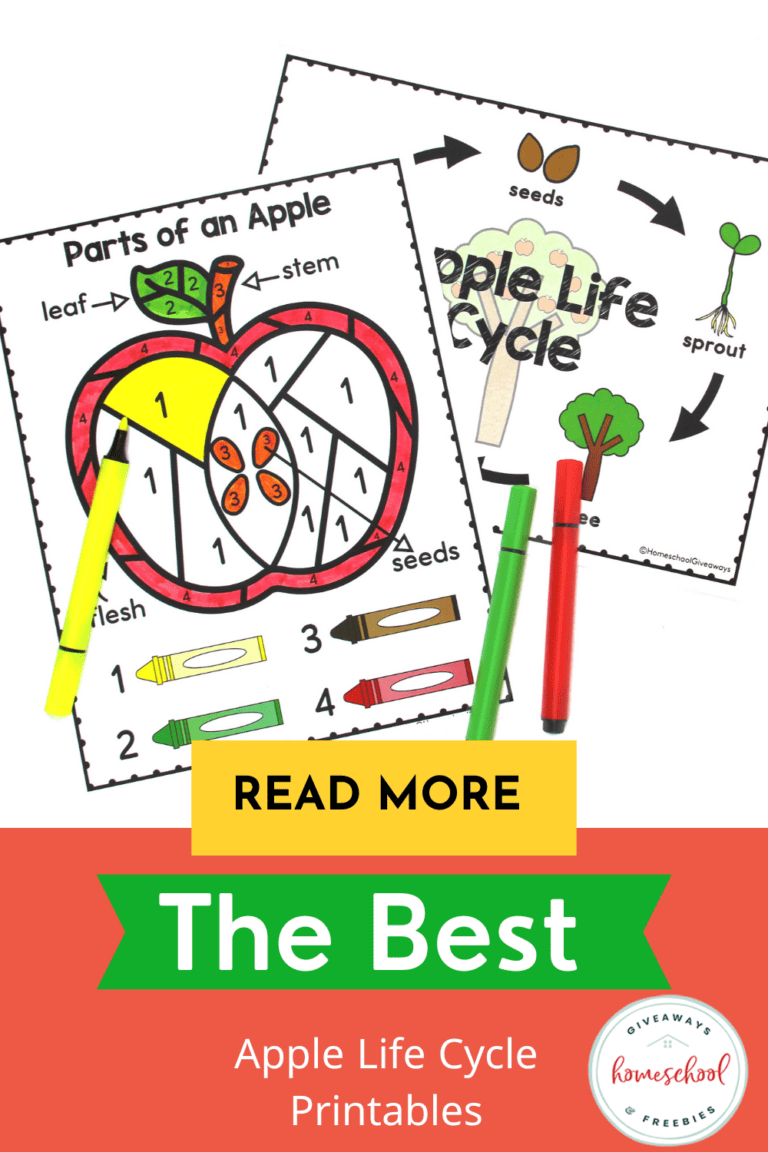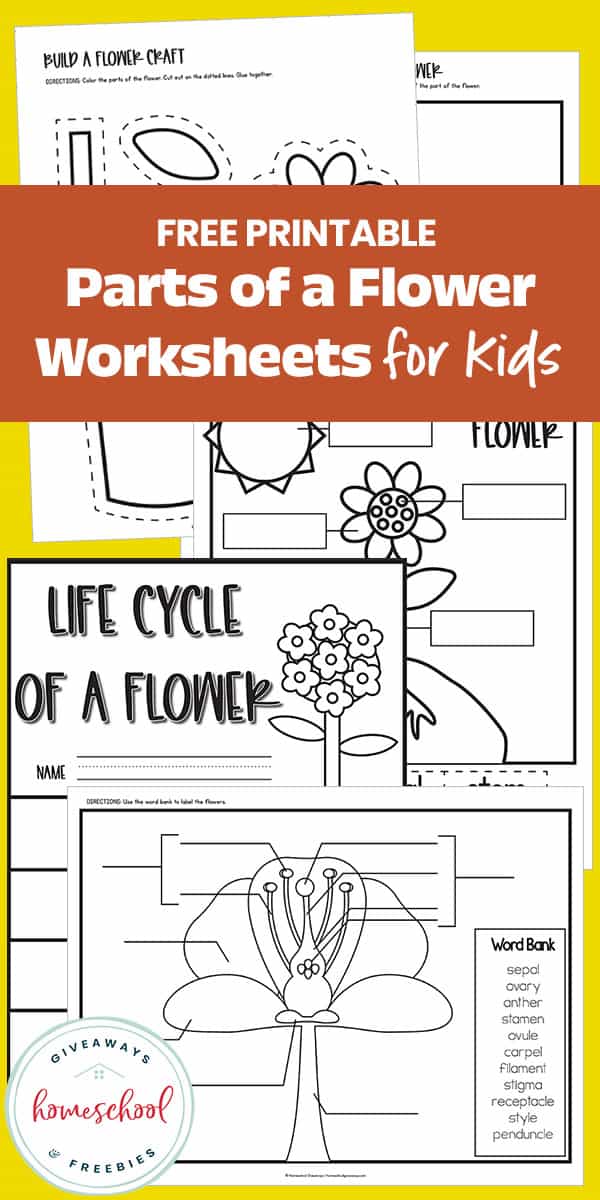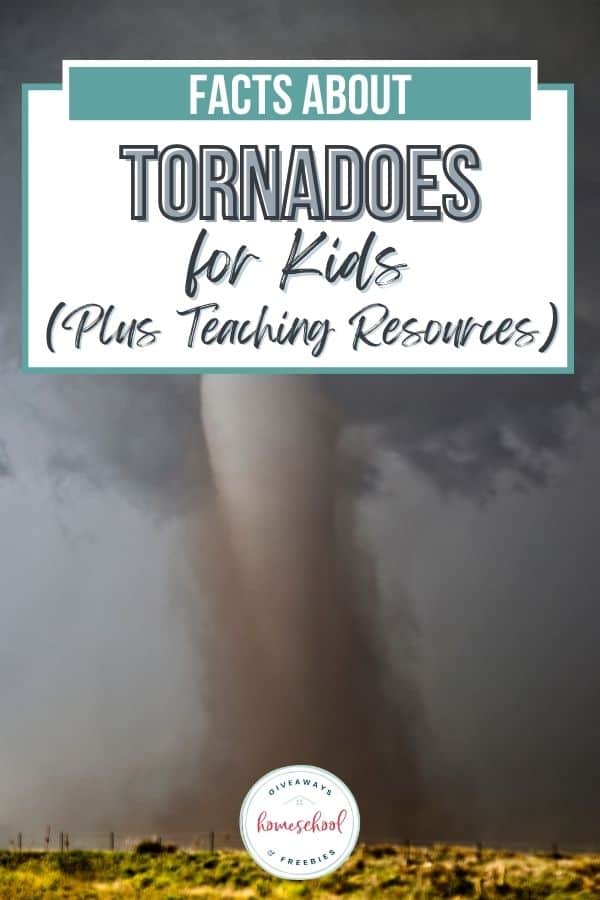Resources to Teach Kids About Biomes
Published:
March 2, 2020
Contributor:
Jeannette Tuionetoa
Disclosure: This post may contain affiliate links, meaning if you decide to make a purchase via my links, I may earn a commission at no additional cost to you. See my disclosure for more info.
We have been gathering information to provide resources for unit studies about biomes for your homeschool. If you are thinking about providing lessons or a creating unit study on biomes for your kids, then this may just be your one-stop shop for all you need. In exploring these resources to teach kids about biomes, your children will enjoy learning about the animals in the biomes and the environment in which they live.

What are biomes?
Biomes are the various regions of the world that share similar climate, animals, and plants. Biomes are ecosystems where those animals and plants have adapted to the area in order to survive. Studying ecology (a branch of biology that studies the relations of living things to one another and to their physical surroundings), is only fully understood when knowing where the living things are located and how they live in correspondence to each other.
Two Types of Biomes
There are both aquatic and land (terrestrial) biomes.
Terrestrial Type of Biomes
Desert – Deserts get less than 10 inches of rainfall per year which means they have little to no vegetation.
Grasslands – Grasslands are characterized by the predominance of grasses and grasslike plants, like sedge and rush. Grasslands can be found on every continent in the world except for Antarctica.
Tundra – The tundra is a treeless biome that has long, cold winters with warm summers and cold winters. s and short trepid summers.
Temperate Forest – These forests have four unique season
Tropical Rainforest – The weather in the rainforest is rainy yet pleasant year-round, day or night.
Taiga Forest – Many of these forests are some of the oldest in the world. They have long, cold winters and have trees with leaves that are green the most of the year.
Aquatic Biomes
Marine – This aquatic biome is characterized by the presence of saltwater and of course, is found in all of the Earth’s oceans. This makes it the largest biome in the world.
Freshwater – This biome is made up of any body of freshwaters like lakes, ponds, streams, and rivers.
Coral Reef – Although this biome is in the ocean, it is characterized as a separate biome It is located in the shallow and clear portion of the ocean.
It is important for our children to understand the biomes around them and around the world. Ecosystems maintain the balance that the living things in them can survive in. The balance depends on things like food, water, oxygen, nitrogen, and carbon. The whole process helps keep the ecosystem functioning well.
Ecologists not only are able to study animals and plant life, but they can understand them better in the context of the roles they play in relation to the environment.
Biomes Worksheets
Teach your children all about biomes with the resources below.
Resources to teach kids all about biomes
- FREE Biome & Habitat Terminology Copywork Notebook
- FREE Biome and Habitat Notebooking Research Journal
- FREE Mountain Animals Facts Coloring and Copywork
- FREE Arctic Animals Printables and Resources
Resources to Teach Kids About Specific Biomes
- Animals of the Grasslands Printables
- Ocean Animal Printables for Early Learners
- Animals of the Forest Printables
- Animals of Fresh Water Marshes Printables
- Animals of the Rain Forest
- Animals of the Tundra Printables
- Animals of the Taiga Printables
Biomes Printables
- Learning about Biomes with Minecraft | Encouraging Moms at Home
- FREE Printable Biomes of Australia | Trillium Montessori
- FREE Biome Activity with Task Cards | FREE Biome Activity with Task Cards
- FREE Biomes Activity: Biomes Reading Passage, Vocabulary & Comprehension | Raise the Bar Reading
- FREE Printable Biomes of North America | Trillium Montessori
- Animals and 8 Biomes Categorizing Center FREE | KidSparkz
Biomes Activities
- Biomes of the Earth Flip Up Books Bundle | Morning Bell Creations
- Differentiated Biomes Reading Passages with Vocabulary & Comprehension | Raise the Bar Reading
- Biome Sorting Mats and Biomes Bundle| Randi Smith
- Types of Biomes Project – Biomes of the World Foldable Accordion Book | Promoting Success
- Biology Unit on the Biosphere | Homeschool Den
- BIOMES HABITATS Fact Pack Informational Text Passages Writing Posters FlipBook
In Conclusion
My kids and I noticed one thing while learning about biomes in our homeschool. Many of the research we have gone through has explained how humans have had a great impact on the survival of the biomes around the world.
We cut down trees, develop the land, grow crops, burn fossil fuels, overfish, and overhunt. All of these actions we take as humans interrupt the balance of nature. Although it is understandable in our need to survive, we can also bring awareness to things we can control that lessens our impact.
We can take this time to teach our children how we can better take care of our environment. I believe we can all make a difference one person at a time. I hope you enjoy this biome series! It is packed full of fun learning for your homeschool.




